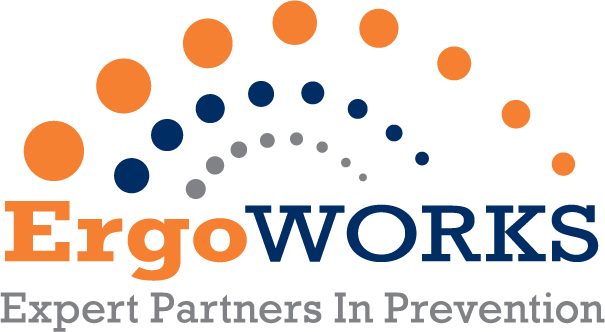Workplace ergonomics is more than just a buzzword—it’s an essential strategy for improving employee well-being, reducing injuries, and enhancing productivity. By identifying risk factors and implementing tailored solutions, ergonomic assessments provide the foundation for creating a safer work environment. This month, we explore the benefits of ergonomic assessments, the value of objective data, and the importance of the role trained professionals play in helping businesses implement effective ergonomic strategies.
The Power of Ergonomic Assessments
Ergonomic assessments are systematic evaluations of workplace conditions and tasks to identify potential risk factors for musculoskeletal disorders (MSDs) and other injuries. These assessments evaluate physical demands, workstation setups, and workflow processes to identify areas of concern. By addressing these risks proactively, companies can greatly reduce the occurrence of work-related injuries, lower associated costs, and improve employee satisfaction.
Objective Insights with Motion Capture Software
Modern ergonomic assessments often incorporate motion capture software to provide quick and objective results. These advanced tools analyze employee movements, postures, and task demands with a high degree of accuracy. Motion capture software can integrate with a variety of established ergonomic assessment tools, including:
-
RULA (Rapid Upper Limb Assessment): Identifies risks associated with upper limb postures and repetitive tasks.
-
NIOSH (National Institute for Occupational Safety and Health) Lifting Equation: Evaluates the safety of lifting tasks by considering factors such as load weight and frequency.
-
Strain Index: Assesses the likelihood of developing upper extremity disorders based on task-specific risk factors.
The use of motion capture technology accelerates the assessment process and minimizes subjectivity. It enables professionals to make data-driven recommendations for ergonomic improvements, ensuring accuracy and consistency in addressing workplace risks. Plus, it’s quick and objective.
The Role of Trained Professionals in Ergonomics
While software tools are valuable, the expertise of a trained ergonomic professional is critical for interpreting data and implementing evidence-based solutions. Professionals help develop tailored strategies by recommending practical and feasible solutions, such as workstation adjustments, task redesigns, or the introduction of assistive equipment.
Additionally, they conduct employee training by educating workers on proper techniques, posture, and equipment use to minimize risks. They support ongoing improvements by conducting routine follow-up assessments to ensure that the implemented strategies are effective and make the necessary adjustments if needed.
Benefits of Ergonomic Assessments
The advantages of investing in ergonomic assessments extend across multiple dimensions of workplace operations, such as:
-
Reduced Work-Related Injuries: By identifying and addressing ergonomic risks, companies can prevent musculoskeletal disorders and other injuries, leading to fewer workers' compensation claims and reduced absenteeism.
-
Enhanced Productivity: Employees who work in ergonomic environments experience less discomfort and fatigue, allowing them to increase focus and maintain higher levels of performance.
-
Cost Savings: By proactively addressing ergonomic risks, companies can minimize costs associated with medical expenses, lost productivity, and employee turnover.
-
Enhanced Employee Retention: When employees feel their well-being is prioritized, job satisfaction and loyalty increase, resulting in a more stable workforce.
-
Compliance and Reputation: Ergonomic assessments help businesses comply with safety regulations and demonstrate a commitment to employee health, enhancing their reputation as an employer of choice.
Ergonomic assessments are a cornerstone of workplace safety and efficiency. By leveraging tools like motion capture software and collaborating with trained professionals, businesses can promote a healthier, more productive workforce. Investing in ergonomic assessments is not just about compliance—it’s about creating a workplace where employees thrive.
Looking for an ergonomics expert in Minnesota? Let ErgoWorks be your partner by scheduling a Discovery Call with us today!


